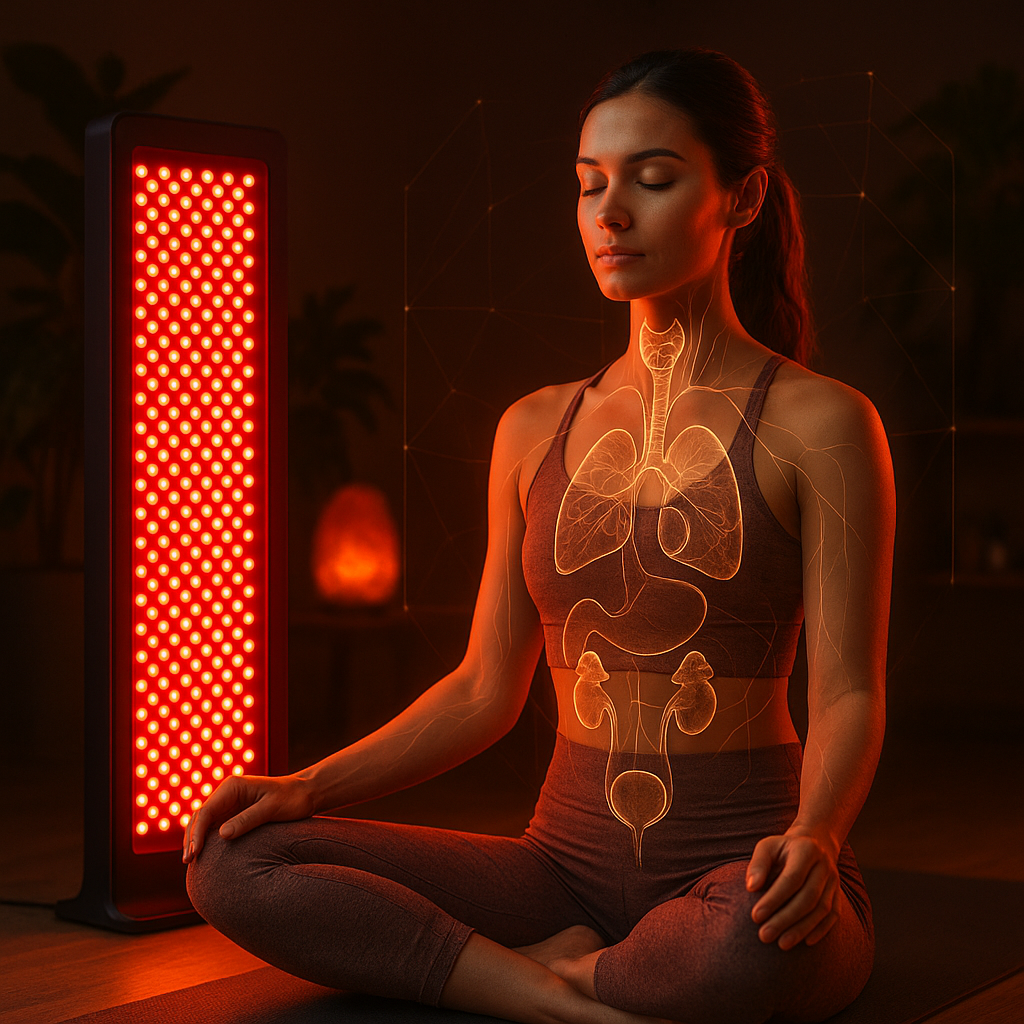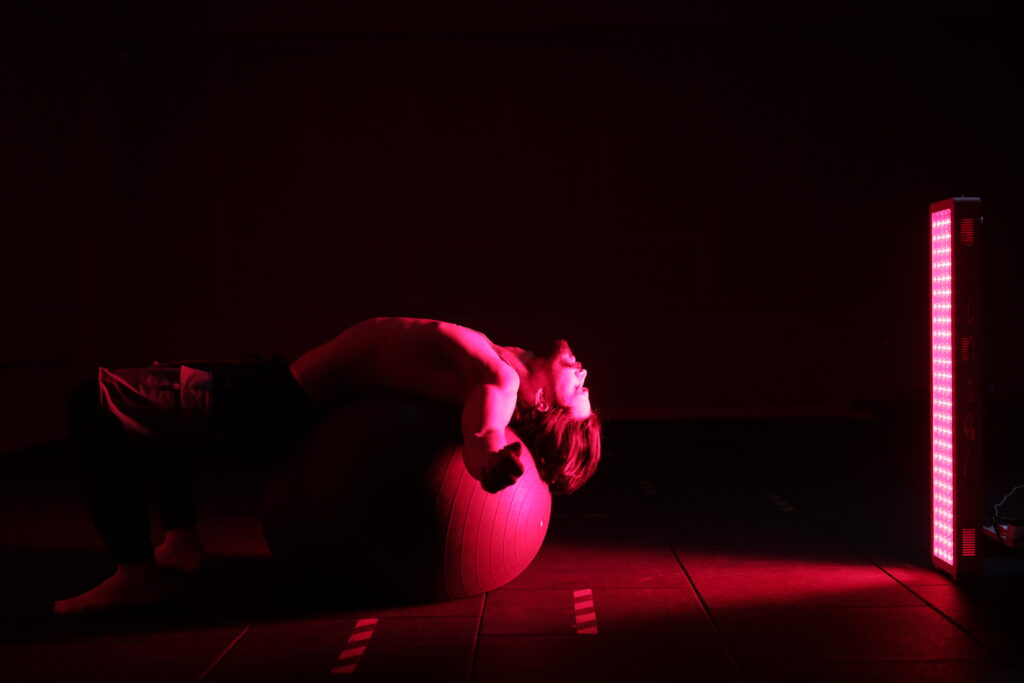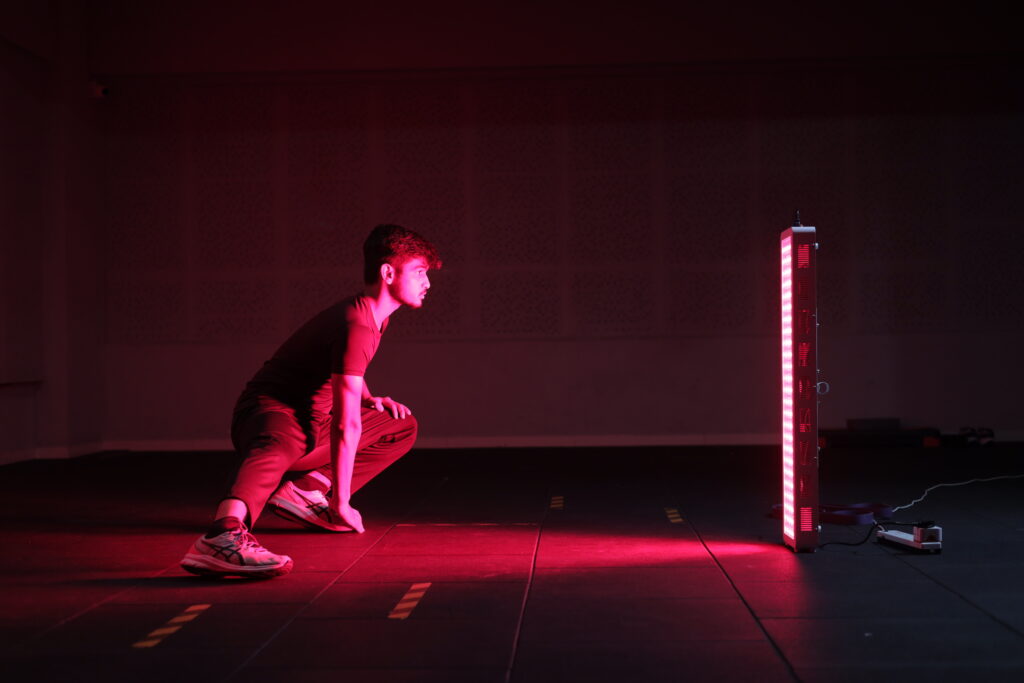Red Light Therapy for Hormonal Balance: The 2025 Evidence-Based Guide
Modern life throws our endocrine system out of sync—think chronic stress, late-night screens, endocrine-disrupting chemicals, and nutrient-poor diets. Competitor sites such as Joovv highlight the concept of “homeostasis” and “biological balance,” pointing out that light is a missing nutrient in the 21-century lifestyle. Here’s how targeted red (≈660 nm) and near-infrared (≈850 nm) wavelengths can help you restore that balance safely and effectively. Why Hormonal Balance Matters Imbalances rarely occur in isolation; they ripple through the entire network. That’s why therapies that work upstream—at the mitochondrial level—are especially powerful. How Photobiomodulation Talks to Your Endocrine System 1. Mitochondrial “Re-charging” Red/NIR photons are absorbed by cytochrome-c oxidase, boosting ATP, modulating reactive oxygen species (ROS), and activating transcription factors that control hormone-synthesizing enzymes. 2. Improved Micro-circulation Local vasodilation and angiogenesis increase nutrient and cholesterol delivery—the raw material for steroid hormones Dr.Oracle. 3. Circadian Re-alignment Even short PM red-light sessions shift melatonin and cortisol rhythms toward a healthier phase PubMedNature. Hormones Most Affected by Red Light Therapy Hormone / Axis Key Findings Practical Placement Cortisol Bright-red morning light advanced cortisol peak and reduced evening levels in women with PMDD PubMed Full-body panel (Aura 500/Pro) on waking Melatonin Systematic review (2024) shows light therapy increases sleep efficiency in shift workers Nature 10 min session 60–90 min before bed, eyes closed Thyroid (T3/T4) Case reports show improved basal temp & TSH after neck-focused PBM (660 + 850 nm) Aura Mini 10 cm from thyroid, 6 min Testosterone 2024 PBMT study improved androgen-receptor signaling and vascular protection PubMed; Joovv ketogenic-synergy pilot raised free T levels in 12 wk men’s cohort 10–12 min pelvis exposure, 3–5×/wk Progesterone & Estrogen RLT elevated DHEA & progesterone in pre- & post-menopausal women; consumer study reported ↑ progesterone synthesis and balanced E2:P4 ratio Lower abdomen or full-body, follicular-phase focus Fertility markers Danish trial showed better egg quality when RLT used 2-3× per follicular phase Abdomen & lower back, 8–10 min Evidence Snapshot Step-By-Step Protocol with Healthytrac Devices Always start conservatively; energy, not heat, drives the change. General Settings 4–5×/wk (4 weeks) Wellness / Maintenance Therapeutic Reset Distance 15–25 cm 10–15 cm Time 8 min per area 12 min per area Frequency 3×/wk 4–5×/wk (4 weeks) Device Match-Up Cycle-Syncing for Women Safety & Contraindications Frequently Asked Questions Will red light make me estrogen-dominant?No. PBM tends to normalize steroid ratios rather than push one hormone excessively. How soon will I notice changes?Sleep and stress improvements within 2 weeks; measurable hormone labs usually shift after 8–12 weeks of consistent use. Can I combine RB light with supplements or diet?Yes—synergy is strong with magnesium, vitamin D, and ketogenic or Mediterranean eating patterns. The Bottom Line Red & near-infrared light don’t “override” your hormones—they give your cells the energy and signaling cues to self-regulate. Competitors emphasise sleep or athletic recovery, but at Healthytrac we engineer dual-chip LEDs, flicker-free drivers, and India-ready voltages so you can specifically target hormone health—safely, affordably, and at home. 👉 Ready to test your levels? Schedule a free virtual demo or visit our Surat experience centre to feel the difference Aura makes in just 10 minutes.




